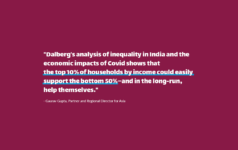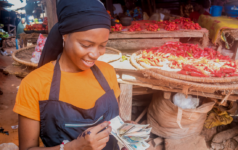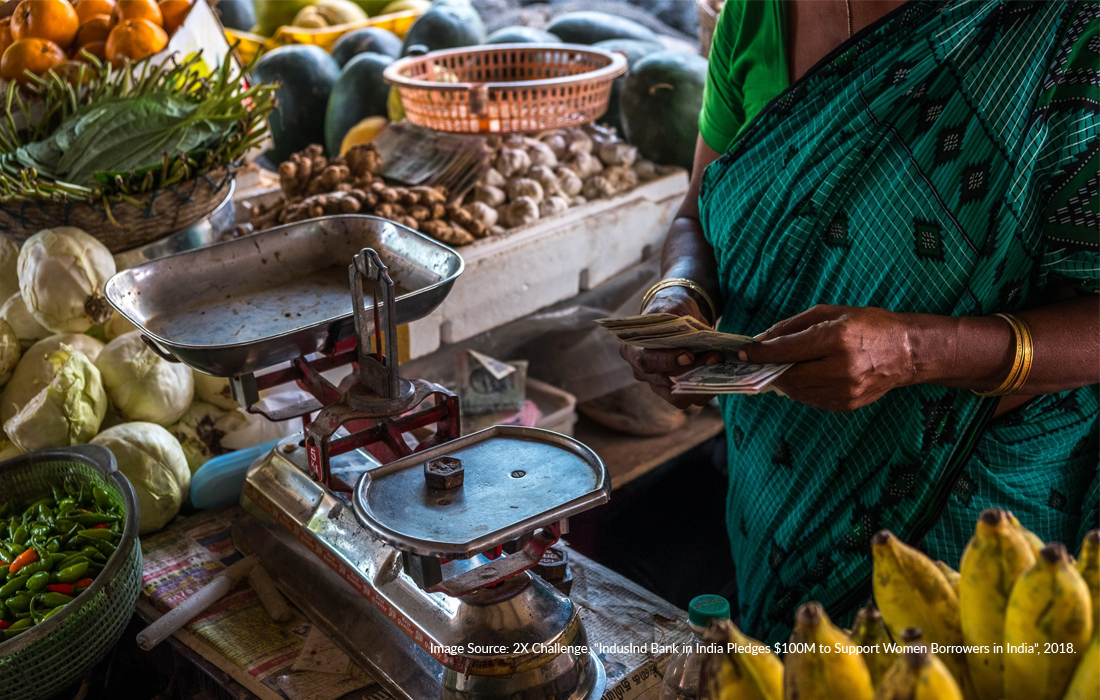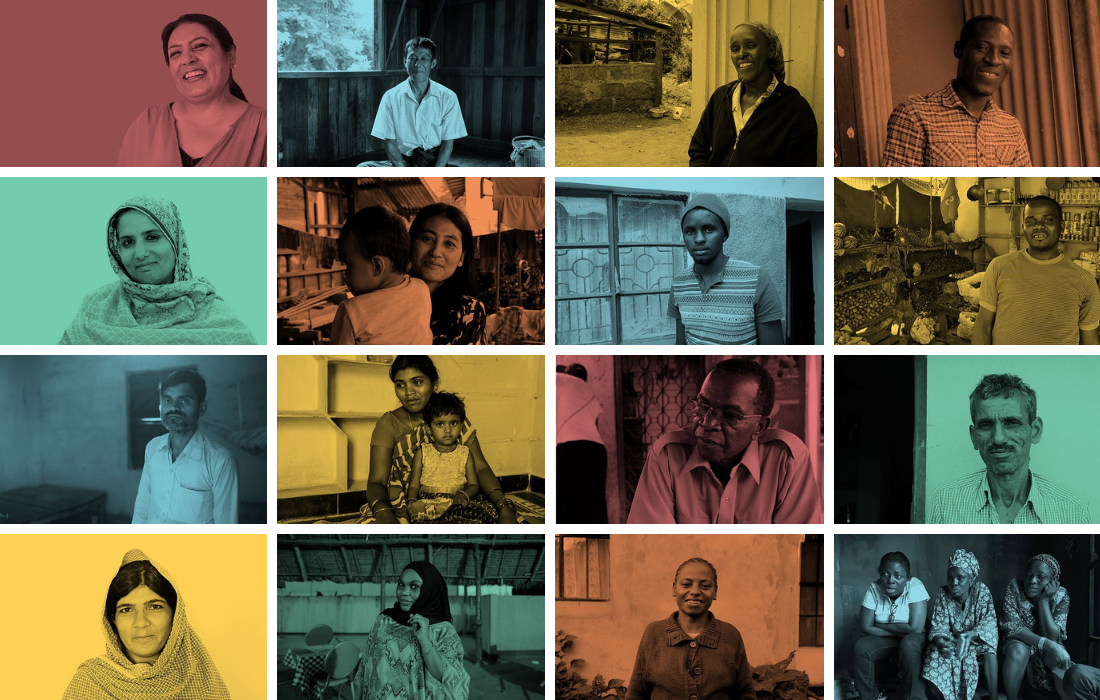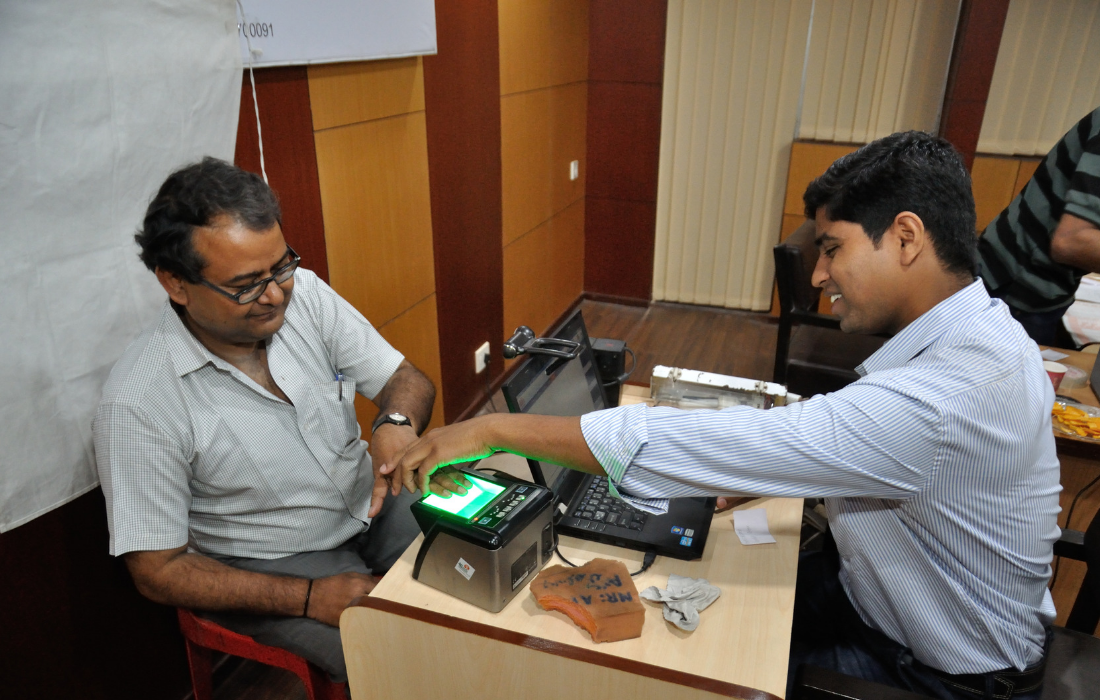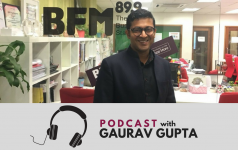Dalberg uses cookies and related technologies to improve the way the site functions. A cookie is a text file that is stored on your device. We use these text files for functionality such as to analyze our traffic or to personalize content. You can easily control how we use cookies on your device by adjusting the settings below, and you may also change those settings at any time by visiting our privacy policy page.
A GSMA and Dalberg report
Global adoption of smartphones has grown at an extraordinary pace: today’s circa 4 billion smartphone connections are nearly double the figure of three years ago. This increase in smartphone ownership has been fundamental for enabling many people’s first internet experiences, and has offered them a gateway to enter the digital economy and benefit from life-enhancing opportunities. We have seen rapid mobile internet adoption particularly in emerging markets, where an internet-enabled handset can signify the only form of internet access, and the number of mobile internet connections is approximately three times higher than fixed-line internet.
Smartphone uptake across and within regions and markets is not balanced, risking leaving large population groups without the means to come online. Eastern Africa and South Asia are the regions lagging behind the most, with smartphone adoption levels as of mid-2017 at 25% and 30% respectively – much lower compared to the global average of over 50%. A major contributing factor to this inequality is the high rate of poverty. South Asia and Sub-Saharan Africa are home to the majority of the world’s poor people. Consumer research shows how the cost of an internet enabled handset is a critical barrier to using mobile internet for low and middle income consumers in emerging markets. India is a clear example of this, where over half of the population live in multidimensional poverty and where an average priced smartphone can cost up to 16% of income for poor and low income groups. We estimate that over 134 million people in India are unable to afford one of the cheapest internet-enabled handsets on the market, because it exceeds an affordability threshold at 5% of income. Although smartphone prices are projected to decrease in emerging markets, prices will not drop low enough to accelerate ownership among the underserved, including low-income groups, women, and rural populations in the near future. For example, the 2017 average smartphone prices in Kenya and India of circa $118 and $115 respectively, are only expected to drop to $109 and $97 by 2020.
Beyond income levels, there are multiple supply and demand side factors influencing smartphone affordability. On the supply side, the manufacturing costs of the device itself are largely dictated by prices of key components including: the screen, chipset, memory and battery all of which fluctuate in line with higher spec requirements, limited availability, and regulations. In the inbound supply chain, import duties and taxes imposed on smartphones are significant contributors to total costs, as well as transportation charges that can be particularly high in emerging markets. Inefficiencies in the outbound supply chain drive up costs, as devices often pass through a number of supply chain players before reaching end consumers. Distribution channels, particularly to rural consumers, are often inadequate, either not providing easy access to smartphone retailers due to location (distance from urban centers), or forcing consumers to pay a high marginal premium to a local independent dealer who is incurring high transport and inventory costs as well as benefiting from a captive market.
There are a large variety of demand side factors influencing smartphone affordability and people’s willingness to pay. Consumers’ disposable income, combined with their value perception of the device and the internet are particularly influential. These elements, coupled with levels of awareness of what smartphone and internet usage entails and can deliver, and whether use cases are convincing enough to justify the expenditure hugely impact upon demand. Limited knowledge about smartphones can further be manifested in gaps between perception and reality around device prices. Consumers commonly have an exaggerated view of smartphone costs, which leads to the belief that such handsets are unobtainable, even in cases where the consumer would in fact be able to afford the device.
The ability to purchase a smartphone varies widely within low-middle income groups. The research suggests four primary customer segments related to people’s level of affordability:
- Beyond their means: primarily comprising of the extremely poor, often with no reliable income source, this group needs to make major trade-offs in household expenditure to afford even a basic internet-enabled handset. Smartphones are not affordable for this group.
- Cannot afford to pay for a smartphone upfront, but could afford paying in instalments: comprising of the working poor, this group finds it difficult to adjust household expenditure to purchase smartphones through upfront payments.
- Can save to pay for a smartphone: this group consists mainly of people at the higher end of the low-income segment. Individuals have the ability to save over time to purchase a smartphone.
- Can afford lower priced smartphones through a lump sum payment: this group comprises of middle income customers, typically with a reliable source of income. Members of this group are usually price conscious but have some flexibility to pick and choose among devices.
There is ample opportunity for the mobile industry and ecosystem players to improve smartphone affordability among these consumer segments. Through investigating 30+ business models across Sub-Saharan Africa, South Asia, and Latin America, three overarching models with different approaches to reducing consumers’ smartphone ownership barriers, with a focus on affordability, were identified.



